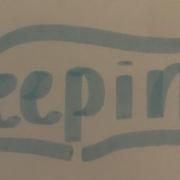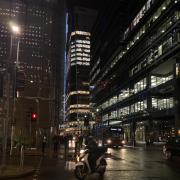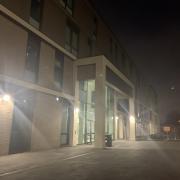
Social media is often seen as an ephemeral medium, but during a crisis, it can often play a crucial role in delivering aid and ensuring the safety of people. This article explores how social media is changing disaster response, particularly focusing on the impact of media on the Australian bushfires and the rising coronavirus in China.
In recent months, some of the most calamitous fires have ravaged Australia, with at least 28 fatalities nationwide, and more than 3000 homes have been destroyed. State and federal authorities are struggling to contain these raging fires, despite the additional help from firefighters from the United States. Moreover, approximately half a billion animals have been affected, with certain species of frogs, birds, and even koalas having been endangered, showing the horrifying impact of the blazes.
Many celebrities have been attempting to spread awareness through social media, in order to get people to help. For instance, well-known comedian Celeste Barber posted a fundraiser on her Facebook and Instagram pages, resulting in more than 1.2 million people donating to The Trustee for New South Wales Rural Fire Service and Brigades Donations Fund. More than 50 million dollars had been raised, a record-breaking amount, and this would not have been possible if not for celebrities with a large following spreading awareness.
However, there have also been cases of exploitation and misinformation being spread through social media via hundreds of thousands of posts. Out-of-date photos of survivors and inaccurate fire maps have been widely spread, especially by some international celebrities. For example, an article posted by a far-right American figure claimed that left-wing ecoterrorists were responsible for lighting the fires, and others have stated that nearly 200 people have been arrested for deliberately starting the fires, when in fact there have actually been 24 people charged. This misinformation have been shared over 100,000 times across various social media platforms, including Facebook, Twitter and Reddit, meaning that it has reached a potential 2.8 million accounts. Although some platforms allow users to flag potentially false content, this misleading information has already rapidly spread through social media.
Even more recently, almost 10,000 cases of coronavirus have been confirmed since the outbreak started, and there have been 213 fatalities. The majority of cases are in China, but the virus has spread to over 20 other countries, with 2 confirmed cases in the UK. Although social media has provided the opportunity for users to document life in China amid the current Wuhan lockdown in order to show how severe the situation is, it has been infested with misleading health advice and conspiracy theories, which are being expeditiously circulated on a multitude of platforms.
However, hundreds of scientists and medical professions have also been using these platforms to combat the escalation of inaccurate information online. Many well-respected institutions, such as Johns Hopkins University, have issued statements invalidating claims surfacing online. Some of the vast range of conspiracy theories spread include the idea that China built a biological weapon that was leaked from a lab in Wuhan, that Chinese spies smuggled the virus out of Canada, and that a coronavirus vaccine already exists. Due to the rapid circulation of information online, the sources of these theories are unknown, but platforms such as Facebook have issued warnings on posts with these hoaxes, saying that independent fact-checkers have said it contains false information.
The impact of social media in response to crises can be extremely helpful in spreading awareness, but also detrimental, as misleading facts can cause a huge escalation of unnecessary information, magnifying the enormity of the situation, and bringing attention to the wrong notions.
By Sahana Motta


























